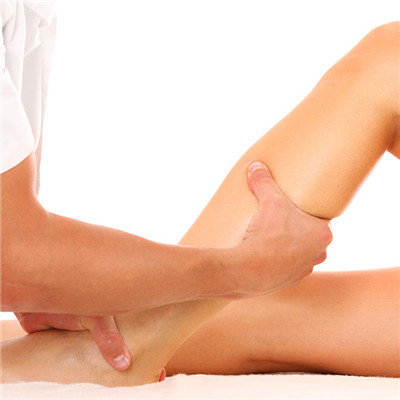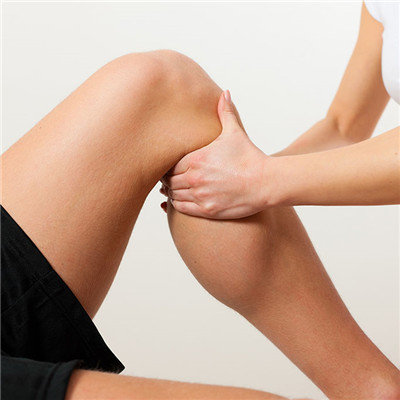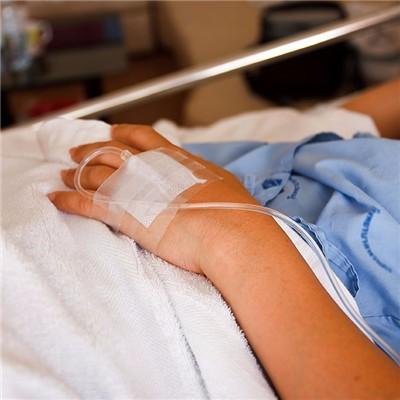Early symptoms of polymyositis?
summary
Polymyositis is a kind of autoimmune disease with myasthenia and myalgia as the main manifestations. The etiology is unclear. The main clinical manifestations are symmetrical weakness of proximal limbs, neck muscle and pharyngeal muscle, muscle tenderness and increased serum enzymes. Most of them are subacute onset, and can occur at any age. Most of them are above middle age, and a little more in women. Some patients have malignant tumor, polymyositis early symptoms? Let's talk about it
Early symptoms of polymyositis?
Most of the patients had infection or low fever before the disease, mainly manifested as subacute to chronic progressive symmetrical proximal myasthenia. In a few weeks to a few months, they gradually developed weakness of shoulder girdle, pelvic girdle and proximal extremities. It was difficult to squat, stand and lift arms, often accompanied by pain, soreness and tenderness in the muscles and joints.

The patients with neck muscle weakness had difficulty in raising head, and those with pharyngeal and laryngeal muscle weakness showed dysphagia and dysarthria. If respiratory muscles are involved, chest tightness and dyspnea may occur. A few patients may have myocardial involvement. The sensory disturbance is not obvious, the tendon reflex is usually not reduced, and muscle atrophy may occur several weeks to months after the disease.

About 20% of PM and DM patients were complicated with lupus erythematosus, rheumatoid arthritis, Sjogren's syndrome, rheumatic fever and scleroderma, and about 1 / 4 of them were complicated with malignant tumors such as lung cancer. Patients over 40 years old with myositis, especially dermatomyositis, should be highly alert to the possibility of potential malignant tumor, and should actively look for the primary lesion. Those who can not find the lesion at the moment should be followed up regularly, sometimes it may take months to years to be found.

matters needing attention
Glucocorticoid therapy can inhibit inflammatory reaction and improve symptoms. When the body temperature was normal, the muscle strength increased and the muscle enzyme returned to normal, it gradually decreased. Immunosuppressive agents can be given to those who have no response to hormone therapy, and intravenous immunoglobulin or plasma exchange can also be used in severe cases. In patients with malignant tumor, the symptoms of myositis can be relieved naturally after tumor resection.











